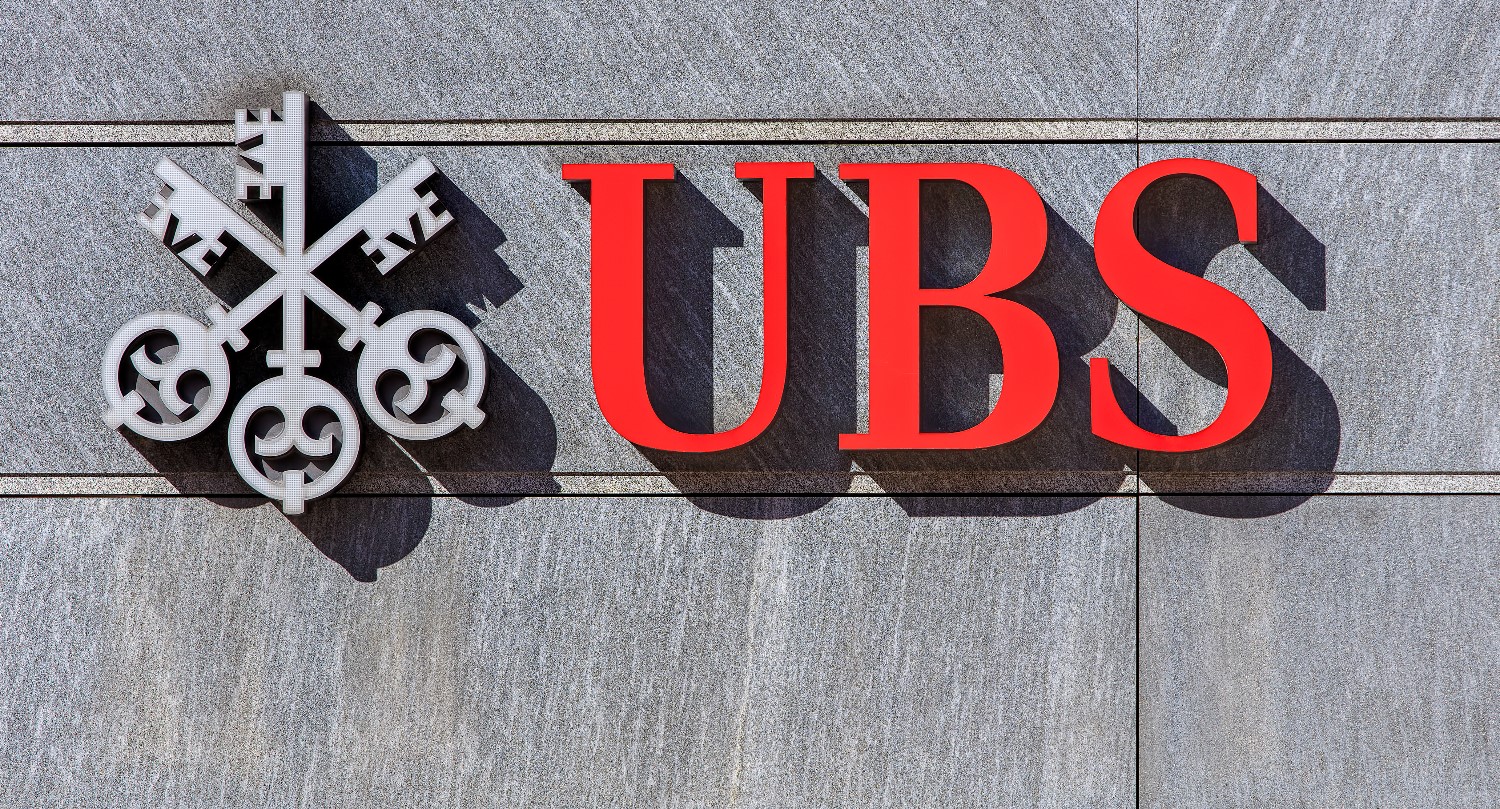Stagflation Fears Loom, Yet UBS Identifies Key Investment Areas
27.03.2025 15:00 2 min. read Alexander Stefanov
UBS has issued a stark warning to investors, flagging stagflation as a looming economic threat.
With persistent inflation and sluggish growth, this combination could pose a significant challenge for markets in the near future. Iqbal Khan, the President of UBS’s Asia Pacific division, highlighted this risk during his address at Bloomberg’s Family Office Summit in Hong Kong. According to Khan, the big question on everyone’s mind is whether the global economy is heading into a period of stagnation and high inflation, signaling the potential rise of stagflation.
This warning comes at a time when central banks worldwide are tightening their policies to combat inflation. Trade disruptions and supply chain bottlenecks continue to cloud the economic outlook, adding complexity to financial projections. The ongoing tensions between major economies, notably the U.S. and China, have created further uncertainty, as tariffs on key goods are driving up production costs and fueling inflation.
Despite these concerns, Khan offered a silver lining, pointing out that opportunities still exist within the global economy. He mentioned Europe as a region showing signs of renewed focus, while China and Europe present relatively low-cost investment options, even though short-term challenges remain.
UBS itself continues to expand in Asia, underscoring its commitment to the region. The company is in the process of developing a new office tower in Hong Kong’s West Kowloon district, scheduled to open in 2026. Khan, who has been instrumental in shaping UBS’s strategy in Asia, also highlighted the bank’s growth ambitions amid intense competition from local players like DBS Group and HSBC.
Despite the prevailing concerns about global inflation and trade disruptions, UBS is advising its clients to remain strategic. Khan emphasized the importance of identifying resilient sectors and regions that can weather economic turbulence. The bank believes that with the right approach, investors can continue to thrive, even as they navigate the uncertainties posed by stagflation and global trade tensions.
-
1
JPMorgan Sees Slow Growth Ahead But No Recession in 2025
18.05.2025 10:00 1 min. read -
2
Cathie Wood Sees Unexpected Upside in Tariff Tensions
20.05.2025 18:00 1 min. read -
3
U.S. Set to Loosen Bank Capital Rules Amid Growing Regulatory Debate
20.05.2025 11:00 2 min. read -
4
Goldman Raises China Outlook as Tariff Truce Lifts Market Sentiment
16.05.2025 16:00 2 min. read -
5
Billionaire Warns of Slowing U.S. Growth, Sees 45% Chance of Downturn
20.05.2025 14:00 1 min. read
Wall Street Veteran Warns Tariffs Could Disrupt AI-Driven Market Rally
Steve Eisman, the famed investor known for forecasting the 2008 housing collapse, is sounding the alarm—not on overvalued tech stocks or interest rates, but on the escalating risk of global trade disputes.
Elon Musk Says Congress Is Bankrupting America
Tensions are escalating in Washington as Elon Musk publicly condemned a sweeping federal spending bill backed by Donald Trump, accusing lawmakers of driving the U.S. toward bankruptcy.
Trump Defends Tariffs as Legal Battles and Global Trade Talks Escalate
Donald Trump is doubling down on his pro-tariff stance, crediting the policy for what he calls a booming U.S. economy.
Robert Kiyosaki Warns of Deepening Financial Crisis, Urges Shift to Bitcoin and Precious Metals
Robert Kiyosaki, author of Rich Dad Poor Dad, has raised alarm bells once again—this time warning that the financial system may already be in the early stages of a historic downturn.
-
1
JPMorgan Sees Slow Growth Ahead But No Recession in 2025
18.05.2025 10:00 1 min. read -
2
Cathie Wood Sees Unexpected Upside in Tariff Tensions
20.05.2025 18:00 1 min. read -
3
U.S. Set to Loosen Bank Capital Rules Amid Growing Regulatory Debate
20.05.2025 11:00 2 min. read -
4
Goldman Raises China Outlook as Tariff Truce Lifts Market Sentiment
16.05.2025 16:00 2 min. read -
5
Billionaire Warns of Slowing U.S. Growth, Sees 45% Chance of Downturn
20.05.2025 14:00 1 min. read


